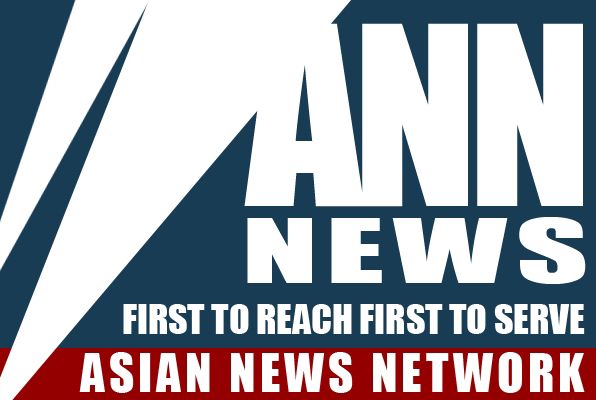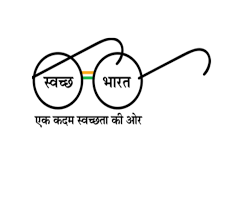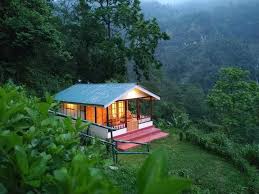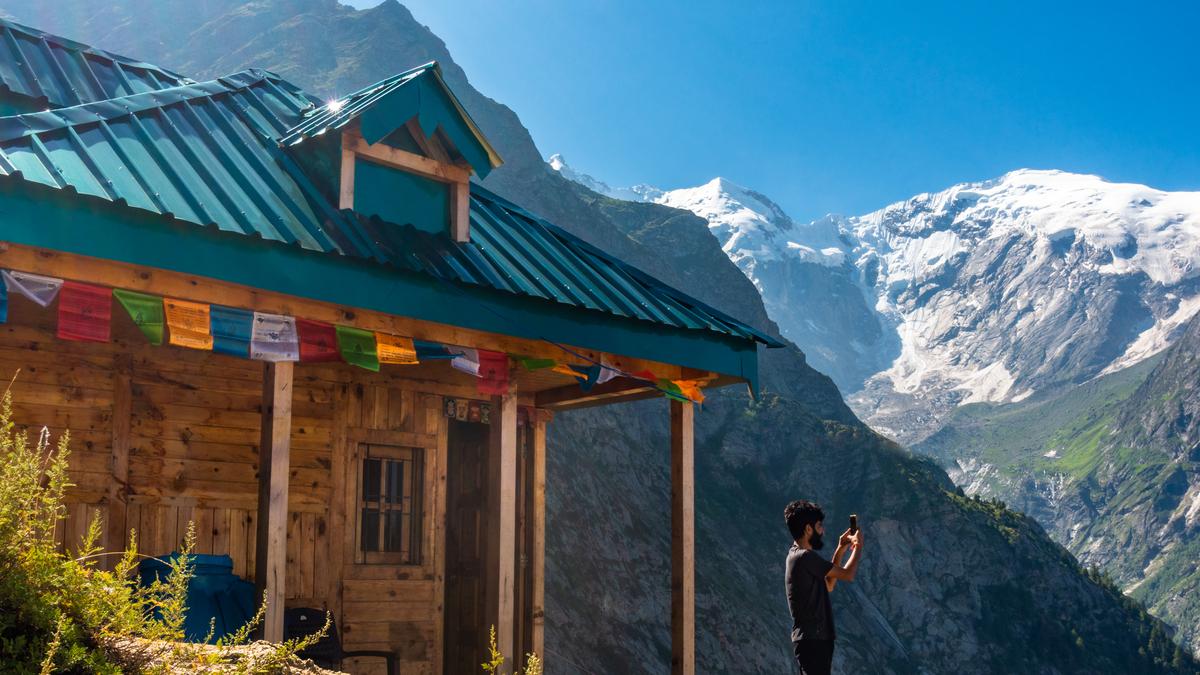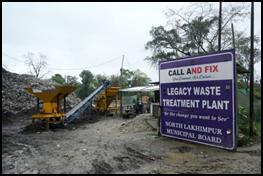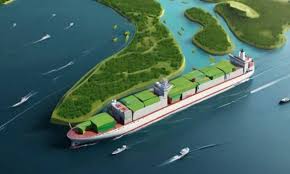State/UT-wise, No. of Individual household latrines (IHHLs) and Community Sanitary Complexes (CSCs) constructed under Swachh Bharat Mission (Grameen)[SBM(G)] since 2014 are given at Annexure-1.
Under Swachh Bharat Mission-Urban [SBM-U] and SBM-U 2.0, the State-wise details of household and public toilets constructed is at Annexure-2.
The details of Central share funds released during last 10 years and the current year under SBM(G) are as below :
(Rs. In Crore)
| Year | Central share released |
| 2014-15 | 2849.95 |
| 2015-16 | 6524.53 |
| 2016-17 | 10509.04 |
| 2017-18 | 16941.96 |
| 2018-19 | 21629.79 |
| 2019-20 | 11845.71 |
| 2020-21 | 4947.92 |
| 2021-22 | 3111.37 |
| 2022-23 | 4925.14 |
| 2023-24 | 6802.58 |
| 2024-25 | 3622.00 |
| 2025-26(Upto 15.7.2025) | 603.15 |
Under SBM(G), the key challenges in maintaining CSCs include limited awareness on regular usage and upkeep, lack of dedicated funds for maintenance, absence of clear ownership and overall management. However, in several States, Gram Panchayats are making commendable efforts within their means—undertaking awareness activities, exploring business linkages (such as attaching a shop) etc to ensure regular maintenance and sustainability.
The details of funds released during last 10 years and the current year under SBM(U) are as below :
(Rs. In Crore)
| Year | Central share released |
| 2014-15 | 859.48 |
| 2015-16 | 1108.09 |
| 2016-17 | 2137.24 |
| 2017-18 | 2540.60 |
| 2018-19 | 2392.52 |
| 2019-20 | 1298.21 |
| 2020-21 | 1000.22 |
| 2021-22 | 1969.20 |
| 2022-23 | 1934.50 |
| 2023-24 | 2392.49 |
| 2024-25 | 1892.86 |
| 2025-26(Upto 18.7.2025) | 165.40* |
* Under revised SNA-Sparsh Model implemented w.e.f September 2024, Mother sanction of Rs.2069 Cr released to the States/UTs against which the claims have been approved for Rs.146.26 Cr. It also includes Ministry of Housing and Urban Affairs (MoHUA) expenditure for Rs.19.14 Cr.
Operational Guidelines of SBM-U 2.0 prescribe that care should be taken to ensure that all Community Toilet /Public toilets/Urinals being constructed are built in tandem with water supply arrangements by the ULB including their operation & maintenance.
(c) The Department of Drinking Water and Sanitation (DDWS) has been conducting the Swachh Survekshan Grameen (SSG) through an independent survey agency to assess the performance of the States/UTs and Districts on key quantitative and qualitative Swachhata parameters. These parameters include Faecal Sludge Management (FSM), biodegradable and non-biodegradable waste management, and Grey Water Management (GWM). Additionally, assets like Galvanizing Organic Bio-Agro Resources Dhan (GOBARdhan) plants, Plastic Waste Management Units (PWMUs) and Faecal Sludge Management (FSM) assets were also assessed at the District/Block level by the independent survey agency.
Swachh Survekshan Grameen 2023-24
The Survey, conducted during the period 2023-2024, covered 17,304 villages in 729 Districts across India and 85,901 public places namely schools, anganwadis, public health centres, haat/bazaars/religious places etc. in these 17,304 villages. Around 2,60,059 Households were interviewed for their feedback on SBM(G) related issues. The main findings of SSG 2023-24 are:
- 95.1% of surveyed households have access to Toilet
- 39.9% of households reported segregating their waste into biodegradable (organic) and non-biodegradable (inorganic) categories
- 92.7% of households reported to have some arrangement in place for the disposal of Biodegradable (organic) Waste
- 78.7% of households had some arrangements in place for disposal of greywater
- 45.0% of villages had either exclusive or shared vehicles for the collection and transportation of solid waste
- 29.4% of villages had storage and segregation sheds
- 62.1% of villages were observed to have forward linkage for plastic waste
- 91.1% of public places had minimal stagnant water within their premises
- 76.7% of public places surveyed have access to toilets.
- 83.8% of FSTPs/STPs with urban linkage were observed to be functional out of 437 surveyed
- 61.4% of PWMUs were observed to be functional out of 1,029 surveyed
- 58.5% of GOBARdhan/biogas plants were observed to be functional out of 451 surveyed
Under MoHUA. the comprehensive annual sanitation survey (Swachh Survekshan) is conducted since 2016 with the aim to rank cities based on their cleanliness, promote healthy competition, raise awareness, and foster citizen participation. So far, out of total 4910 ULBs, 4692 ULBs have been certified the ODF status, 4314 ULBs certified as ODF+ status, 1973 ULBs certified as ODF++ and 214 ULBs certified as Water+.
The key objective of Swachh Bharat Mission Grameen Phase II is to sustain the ODF status of villages and to improve the levels of cleanliness in rural areas through solid and liquid waste management activities, making villages ODF plus. As per the operational guidelines of SBM (G) Phase – II, villages must be provided with an adequate number of
individual and community compost pits for biodegradable waste including agricultural & cattle waste, and an adequate segregation and collection system for plastic waste. For this purpose, financial assistance of up to ₹60 per capita is available for villages with a population of up to 5,000, and ₹45 per capita for those with a population above 5,000. This will also cover the procurement of waste collection vehicles and the construction of storage and segregation sheds at the village or Gram Panchayat level.
The operational guidelines also provide for at least one Plastic Waste Management Unit (PWMU) in each block in case clustering of blocks is not possible. A provision of up to ₹16 lakh per block has been made for the construction of a PWMU at the block level.
As per information received from MoHUA. Government of India launched the Swachh Bharat Mission-Urban (SBM-U) on October 2, 2014 with the objective Open Defecation Free (ODF) and for scientific processing of Municipal Solid Waste (MSW) generated in all the urban areas of the country. To carry forward the progress made, Swachh Bharat Mission (SBM-U) 2.0 has been launched on October 1, 2021 for a period of five years with a vision of achieving Garbage Free Status for all cities through 100% source segregation, door to door collection and scientific management of all fractions of waste including safe disposal in scientific landfills. It also aims at remediation of all legacy dumpsites and converting them into green zones. The Swachh Bharat Mission Urban leverages technology to enhance sanitation and waste management across urban India. The selection of treatment technologies is open to ULBs/State Governments, allowing them to choose any proven technology as outlined in the Central Public Health & Environmental Engineering Organization (CPHEEO) Manual and advisories issued from time to time. As per Clause 15 (v) of Solid Waste Management Rules 2016, ULBs may adopt suitable technologies including the following technologies for management of municipal solid waste:
- bio-methanation, microbial composting, vermi-composting, anaerobic digestion or any other appropriate processing for bio-stabilization of biodegradable wastes;
- waste to energy processes including refused derived fuel for combustible fraction of waste or supply as feedstock to solid waste-based power plants or cement kilns.
Also, to promote an enabling environment for development startups and entrepreneurs in the waste management sector, in collaboration with Department for Promotion of Industry and Internal Trade (DPIIT), start-ups are identified through challenge mode. A centre has been set up at Startup Incubation and Innovation Center (SIIC), IIT Kanpur for providing one year of incubation support to the shortlisted organizations
This information was provided by THE MINISTER OF STATE FOR JAL SHAKTI SHRI V. SOMANNA in a written reply to a question in Lok Sabha today.
Statement referred to in part (a) of the reply to Lok Sabha Unstarred Question
No.866 for reply on 24.07.2025
Annexure 1
| State/UT-wise, No. of Individual household latrines (IHHLs) and Community Sanitary Complexes (CSCs) constructed under SBM(G) since 2014 | |||
| S.N. | State/UT Name | No. of IHHLs constructed | No. of CSCs constructed |
| 1 | A & N Islands | 23,195 | 320 |
| 2 | Andhra Pradesh | 43,77,930 | 15,167 |
| 3 | Arunachal Pradesh | 1,55,083 | 3,087 |
| 4 | Assam | 42,20,757 | 4,669 |
| 5 | Bihar | 1,39,37,403 | 9,364 |
| 6 | Chhattisgarh | 35,71,837 | 13,947 |
| 7 | D & N Haveli and Daman & Diu | 21,952 | 69 |
| 8 | Goa | 30,361 | 589 |
| 9 | Gujarat | 43,86,216 | 8,094 |
| 10 | Haryana | 7,29,993 | 5,904 |
| 11 | Himachal Pradesh | 2,27,288 | 6,043 |
| 12 | Jammu & Kashmir | 14,08,053 | 5,520 |
| 13 | Jharkhand | 41,97,259 | 1,253 |
| 14 | Karnataka | 50,50,952 | 2,840 |
| 15 | Kerala | 2,67,334 | 1,966 |
| 16 | Ladakh | 22,559 | 433 |
| 17 | Lakshadweep | 10 | 22 |
| 18 | Madhya Pradesh | 77,64,409 | 19,711 |
| 19 | Maharashtra | 71,72,770 | 28,830 |
| 20 | Manipur | 2,77,553 | 1,150 |
| 21 | Meghalaya | 3,15,930 | 1,282 |
| 22 | Mizoram | 47,403 | 656 |
| 23 | Nagaland | 1,50,192 | 1,438 |
| 24 | Odisha | 74,65,851 | 3,200 |
| 25 | Puducherry | 29,841 | 11 |
| 26 | Punjab | 5,67,595 | 6,641 |
| 27 | Rajasthan | 84,95,050 | 25,776 |
| 28 | Sikkim | 24,983 | 715 |
| 29 | Tamil Nadu | 60,24,612 | 9,091 |
| 30 | Telangana | 31,33,069 | 6,094 |
| 31 | Tripura | 4,99,623 | 615 |
| 32 | Uttar Pradesh | 2,54,79,144 | 62,396 |
| 33 | Uttarakhand | 5,44,982 | 3,015 |
| 34 | West Bengal | 84,61,077 | 10,074 |
| Total:- | 11,90,82,266 | 2,59,982 | |
Annexure 2
| State/UT-wise, No. of Individual household latrines (IHHLs) and Community and Public Toilets constructed under SBM(U) since 2014 | |||
| S.N. | State/UT Name | No. of IHHLs constructed | No. of Community and Public Toilets (No. of Seats) constructed |
| 1 | Andhra Pradesh | 2,43,764 | 17,799 |
| 2 | A & N Islands | 336 | 609 |
| 3 | Arunachal Pradesh | 11,606 | 89 |
| 4 | Assam | 78,788 | 3,356 |
| 5 | Bihar | 4,04,444 | 28,677 |
| 6 | Chandigarh | 6,117 | 2,512 |
| 7 | Chhattisgarh | 3,26,435 | 18,832 |
| 8 | D & N Haveli and Daman & Diu | 2,378 | 615 |
| 9 | Delhi | 779 | 28,256 |
| 10 | Goa | 3,801 | 1,270 |
| 11 | Gujarat | 5,60,046 | 24,149 |
| 12 | Haryana | 66,751 | 11,374 |
| 13 | Himachal Pradesh | 6,743 | 1,700 |
| 14 | Jammu & Kashmir | 51,246 | 3,451 |
| 15 | Jharkhand | 2,18,700 | 9,643 |
| 16 | Karnataka | 3,93,278 | 36,556 |
| 17 | Kerala | 37,207 | 2,872 |
| 18 | Ladakh | 434 | 194 |
| 19 | Madhya Pradesh | 5,79,642 | 29,867 |
| 20 | Maharashtra | 7,23,473 | 1,66,465 |
| 21 | Manipur | 40,708 | 581 |
| 22 | Meghalaya | 1,604 | 152 |
| 23 | Mizoram | 15,495 | 1,324 |
| 24 | Nagaland | 21,471 | 238 |
| 25 | Odisha | 1,67,306 | 12,211 |
| 26 | Puducherry | 5,189 | 836 |
| 27 | Punjab | 1,03,683 | 11,522 |
| 28 | Rajasthan | 3,68,515 | 31,300 |
| 29 | Sikkim | 1,559 | 268 |
| 30 | Tamil Nadu | 5,45,101 | 92,744 |
| 31 | Telangana | 1,57,165 | 15,465 |
| 32 | Tripura | 24,002 | 1,089 |
| 33 | Uttar Pradesh | 9,00,438 | 70,370 |
| 34 | Uttarakhand | 28,058 | 4,694 |
| 35 | West Bengal | 2,82,542 | 5,746 |
| Total:- | 63,78,804 | 6,36,826 | |
*****
MAM/SMP
(Lok Sabha US Q866)
